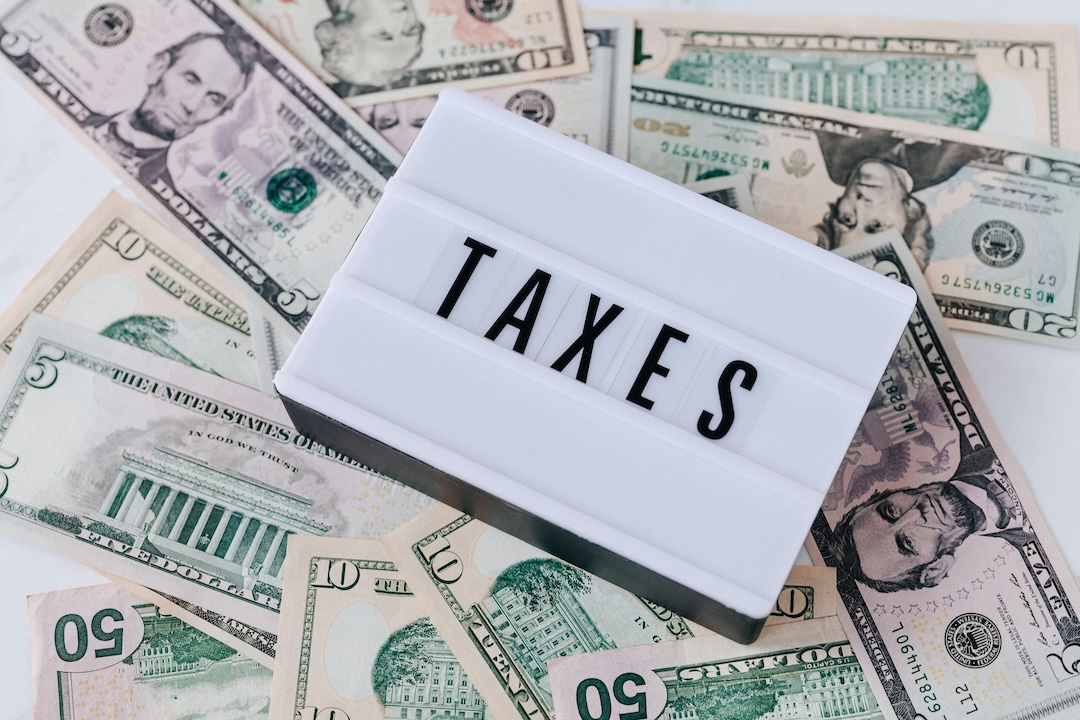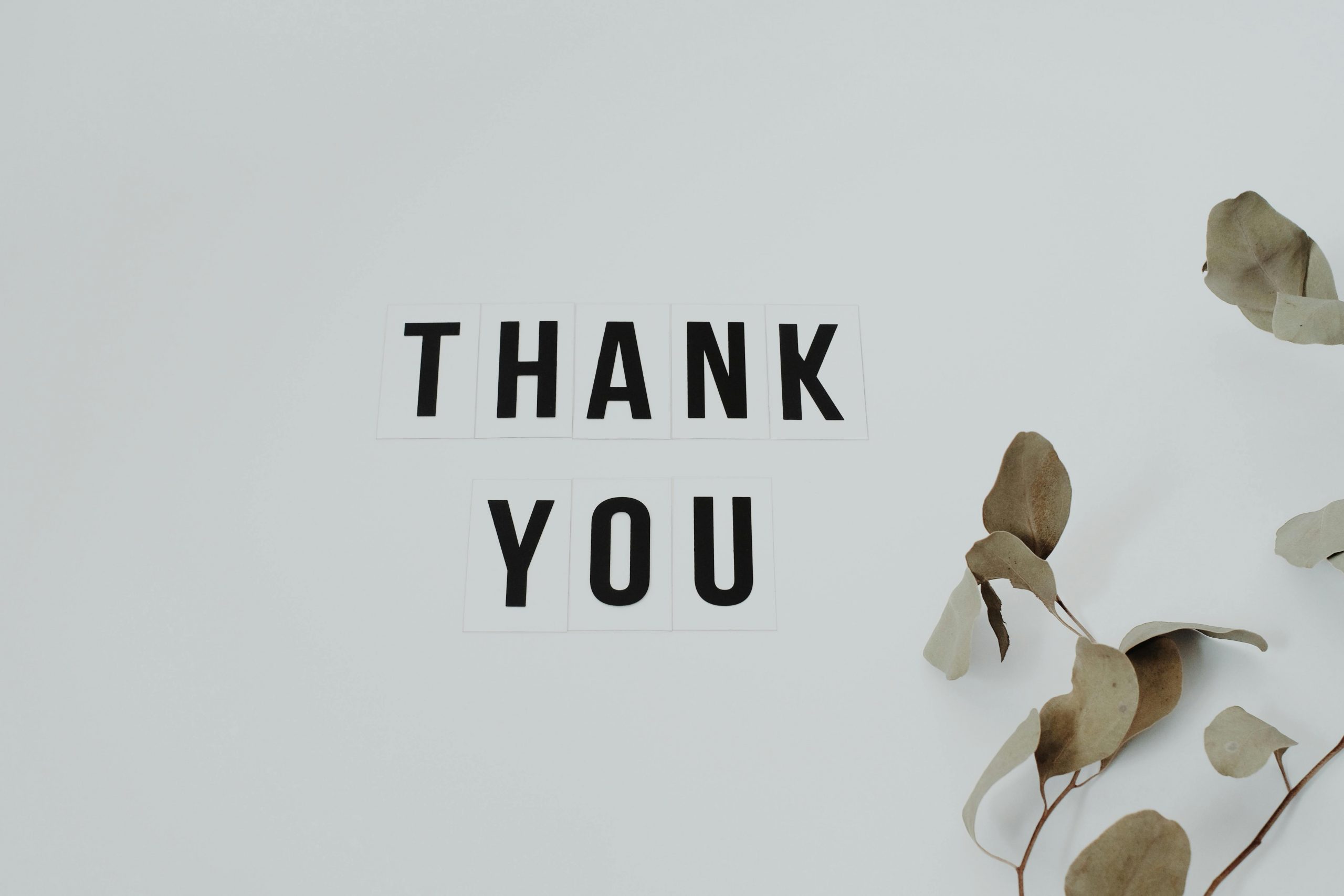I was recently discussing with an acquaintance about charitable giving’s ongoing paradigm shift over the last decade. My position: Social media campaigns like crowdfunding and hashtag challenges have fleshed out a near comprehensive portfolio of giving options that have never been available until broadband Internet and 4G access came around.
Somewhere in the conversation, we get on the subject of giving days.
“I’m not a fan of the giving day concept,” they lamented to me, throwing caution to the wind. “Donors feel obligated to participate while nonprofits fight over leaderboards and a couple thousand bucks.”
But that’s kind of the point.
I’m a naturally competitive person. I played team sports my entire life, and I like to win (fairly). These are not unusual phenotypes. They’re quite common for, well, anything that has a pulse.
And that’s what makes giving days so incredibly useful for nonprofits. Implementing gamification tactics — like leaderboards, power hours, or golden tickets — incentivize donors to give more. It’s not enough to post a donation page and hope for the best — you have to actively prove to your donors that their donations are appreciated and being put to good use.
There are several nonprofit professionals who argue that we’re not competing for donors, per se. And they’re right. But my point is that if you eliminate a competitive element to giving, you’re removing a critical motivator that rightfully factors into the equation for many donors.
We work in a sector that employs one out of 10 Americans. Many more are volunteers. It’s an industry — there’s going to be competition. Don’t mistake this for selfishness — it’s biology.
Don’t get me wrong. Successful giving days require an incredible amount of teamwork. And it’s always a breath of fresh air to see nonprofits in similar working categories to team up and provide impact in collaboration. It’s a goal that many organizations should strive toward.
Nonprofits aren’t required to participate in GiveBig leaderboards. But that option should be there for those that want to. Because the best part about GiveBig is that your efforts correlate to your success. Can a community-wide giving day succeed without gamifying it? Possibly. But it won’t be as successful. And here’s why.
Giving Day Leaderboards Bolster Donor Interest
When I say “fundraising,” a classic image that comes to mind is the big, red campaign thermometer poster; the one that keeps getting filled in until the campaign’s goal is matched. This tactic is effective to the point of cliché because we want to see something get done. No one likes seeing a sad, three-quarters-filled thermometer. Involved donors feel accomplished when they see that goals are met.
Gamification triggers the same part of your brain, but in a more nuanced version. Not only do leaderboards increase a donor’s curiosity, but they also provide social proof for a community’s trust in the nonprofits on those leaderboards. By taking action, donors feel productive, competitive, and invested — all at once.
If that still doesn’t convince you, take a look at the competition formats of musical reality television competitions (if that’s your cup of tea). The Voice. America’s Got Talent. The now-defunct American Idol. Their voting systems are all completely dependent on the audience’s involvement, but more importantly, their desire to win. No, you may not sound like Kelly Clarkson, but you probably felt a little dopamine spike when she won the first season… after you called that toll-free voting line for an hour straight.
Gamification opens the door for donors to become part of the game, not merely privy to its existence. One of the best examples we’ve seen at Click & Pledge happened during the 2016 GiveBig To MyStation, hosted by the National Federation of Community Broadcasters. KALW in San Francisco, and WXPR in Rhinelander, Wisconsin, were both at the top of a leaderboard for most funds raised. That’s when one WXPR donor commented, “Crush the little town of San Francisco!” and a healthy competition broke out between the two stations.
WXPR ended up earning over half its donations after that comment was posted. Had the leaderboard and comments sections not been present, WXPR might not have gained the traction it needed to come in second place (they finished first for number of unique donors).
And that’s a great segue into our next point.
Giving Day Leaderboards Reward Smaller Nonprofits’ Efforts
Rhinelander is a town of fewer than 8,000 people. San Francisco is… San Francisco. So how did WXPR even get close to topping last year’s GiveBig to MyStation? Both stations worked incredibly hard to involve their listeners, but WXPR went the extra mile by posting 30-second videos to its social media accounts and encouraging fans to engage with their content. To paraphrase Donna Summer, they worked hard for the money and the donors treated them right.
A properly categorized leaderboard can put a smaller nonprofit in a lucrative position: to reach donors who were previously unaware of their mission, and to earn much-needed incentives from the giving day sponsors.
That’s not to say that this success is a guarantee, nor that takes little effort to mobilize your closest networks. But it does present the opportunity; one that small organizations would regularly see once in a blue moon. GiveBig’s gamification levels the playing field for smaller nonprofits, so they can take advantage of consumer curiosity: The notion that people are increasingly trying new product options, as opposed to tried-and-true establishments, to satisfy their desire for knowledge.
Gamification isn’t ancillary to a giving day’s success; it’s practically essential. Healthy competition can turn a single day of fundraising into an overwhelming windfall. It also gives many organizations the opportunity to educate the public and reach new donors. With some thorough planning and creative thinking, anyone (and everyone) can finish GiveBig as a winner.


